In today’s fast-paced digital marketing landscape, innovation is essential for maintaining a competitive edge. Google Ads, always pushing the boundaries of advertising effectiveness, is now testing an exciting new feature—the WhatsApp message asset, which is currently in beta. advertising strategy.
While still in the experimental phase, this feature has the potential to transform how businesses interact with customers by incorporating the widely-used messaging platform directly into ads. Its future success will depend largely on user adoption and feedback during this testing period, shaping whether it will eventually roll out globally. Here’s what you need to know about this promising new tool and how it could impact your advertising strategy.
What Are WhatsApp Message Assets in Google Ads?
WhatsApp message assets are a new feature in Google Ads that allow advertisers to include a call-to-action in their ads that opens a WhatsApp chat. This enables users to start a conversation with your business directly through WhatsApp, providing a seamless and direct communication channel. Although still in beta, this feature holds significant potential for enhancing customer interaction and driving conversions.
Eligibility Check and Beta Access:
Since WhatsApp message assets are in beta, the feature may not be available to all Google Ads users. To check if you have access:
- Check Eligibility: Visit the Google Ads Support page for the latest updates on beta features.
- Contact Your Google Ads Representative: If you’re not sure whether you have access, reach out to your Google Ads representative or account manager for more information.
Create or Select a Campaign:
To add WhatsApp message assets, you first need to either create a new campaign or select an existing one:
- Log in to Your Google Ads Account: Go to Google Ads and log in to your account.
- Create a New Campaign: Click on the “+ New Campaign” button and follow the prompts to set up your campaign.
- Select an Existing Campaign: If you want to add WhatsApp message assets to an existing campaign, navigate to the campaign you want to modify.
Add the WhatsApp Message Asset:
- Navigate to Assets: Within the selected campaign, go to the “Assets” tab on the left-hand side menu.
- Add a New Extension: Click on the “+” button to add a new ad extension. Look for the “Message extension” option. Since WhatsApp message assets are in beta, this option might be listed as a “Beta feature” or similar.
Configure the WhatsApp Message Asset:
- Choose Message: Select “Message” as the asset to add
- Enter Details: Provide your WhatsApp business number and a pre-defined message that users will send when they initiate the chat. Ensure your message is clear and encourages users to start a conversation. You can also specify if you wish to add the asset at Account/ Campaign/ Ad Group Level
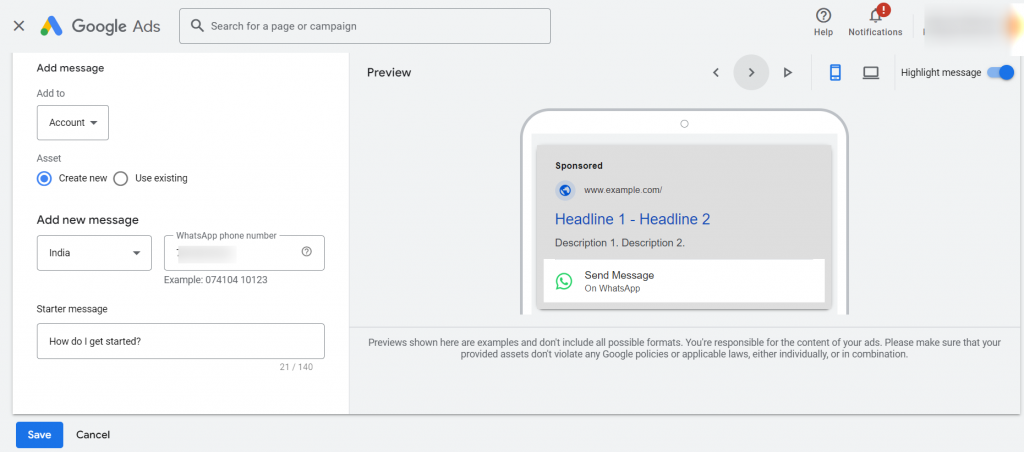
- Preview: Review the setup to make sure everything is correct.
Save and Review:
- Save Changes: After configuring the WhatsApp message asset, click “Save” to apply the changes.
- Review Your Campaign: Check the campaign settings to ensure the WhatsApp message asset is correctly integrated and active.
Monitor and Optimize:
- Check Performance: Regularly review the performance of your WhatsApp message assets in the “Assets” section of Google Ads to see how they’re contributing to your campaign goals.
- To accurately measure your message extension performance, segment the data by going to Segment >This Extension vs. Other. Doing this will give you the exact performance metrics for the extension
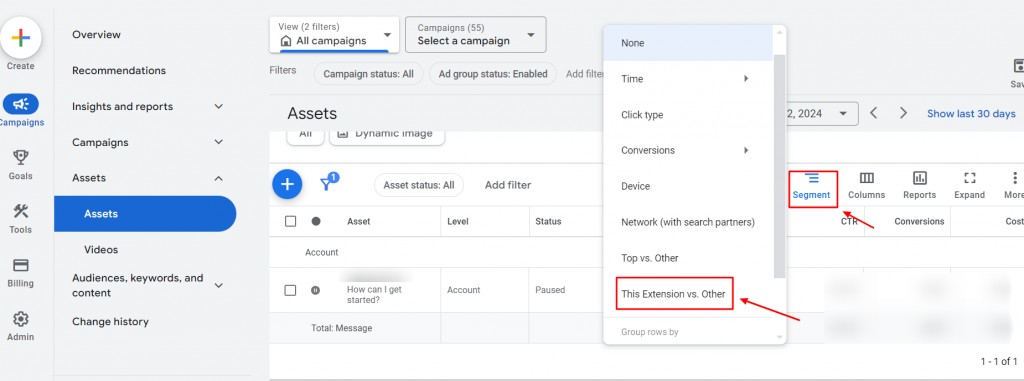
Adding Lead From Message as Conversion Goal
Once you start receiving conversions through message extension, it will reflect as a conversion goal. Here’s how you can select message as a conversion goal for a new campaign as well as an existing campaign
New Campaign
- In your Google Ads account, click the Create button and select Campaign.
- Choose your campaign objective, Leads. Use your existing account-level conversion goals. After generating one conversion, you’ll have the option to add a Leads from Messages conversion goal. As you can see here, the option is available, as the message asset generated considerable conversions
- Confirm your conversion goals, select either Search or Performance Max as your campaign type, and choose Leads from your message as your goal.
- Click Continue to complete your campaign setup.
Existing Campaign
If your existing campaign does not have a message asset, the “Leads from Messages” goal won’t appear. Even if the “Leads from Messages” goal appears at the account level, the corresponding message asset must be in place for any campaign in which you want that goal to be relevant. So do the following to enable that first:
- You add an existing message asset to the campaign, which already has received conversions
- You can create a new asset and add it to the campaign. Once it generates at least one message conversion, you will see the conversion goal ‘Lead from Message’ to your existing campaign.
Our Take
In conclusion, the WhatsApp message asset has the potential to enhance your paid search campaigns by creating a direct communication channel with your audience, allowing users to engage with your business in real time. This asset can reduce friction in the customer journey, leading to higher conversion rates by letting prospects ask questions, request information, or make inquiries instantly—right from the ad.
By incorporating WhatsApp, businesses can build stronger relationships with customers through personalized, one-on-one conversations. As this feature is currently in beta, it’s a great opportunity to test how real-time messaging can optimize your campaigns by improving lead quality and overall user engagement. With its ability to foster direct interactions, it holds the promise of becoming a valuable asset for businesses looking to strengthen their digital marketing efforts. Keep an eye on the results, as early adoption could give you a competitive edge.
Related Links:


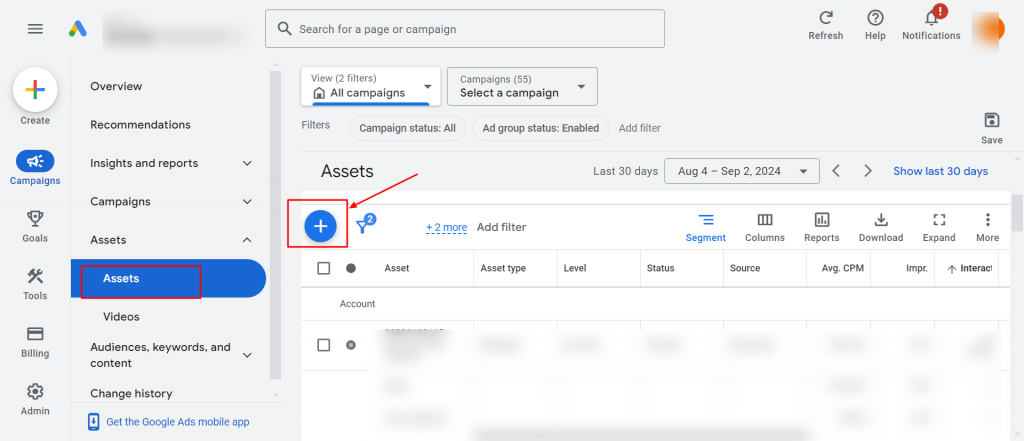
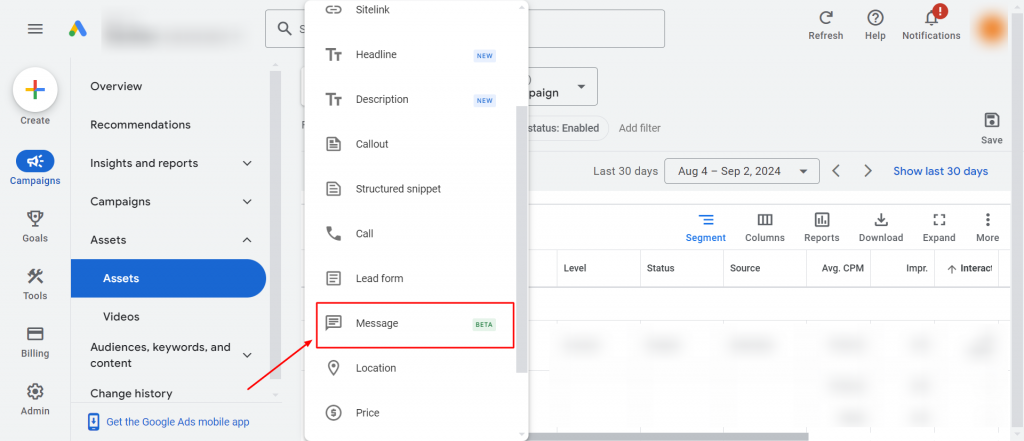
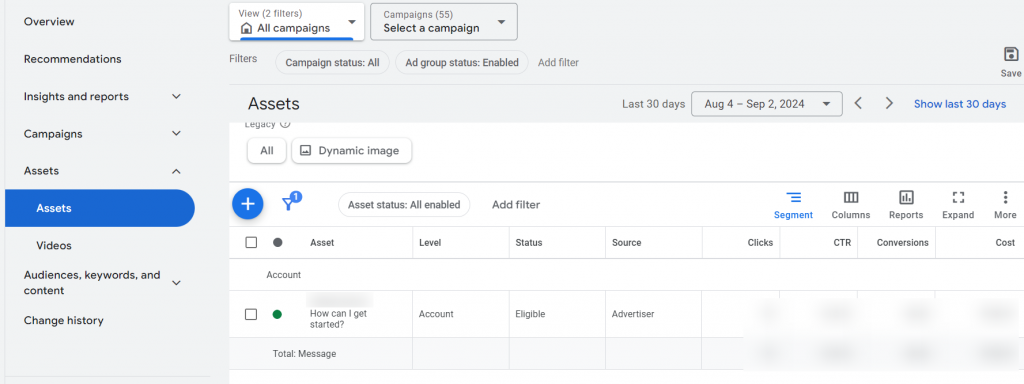
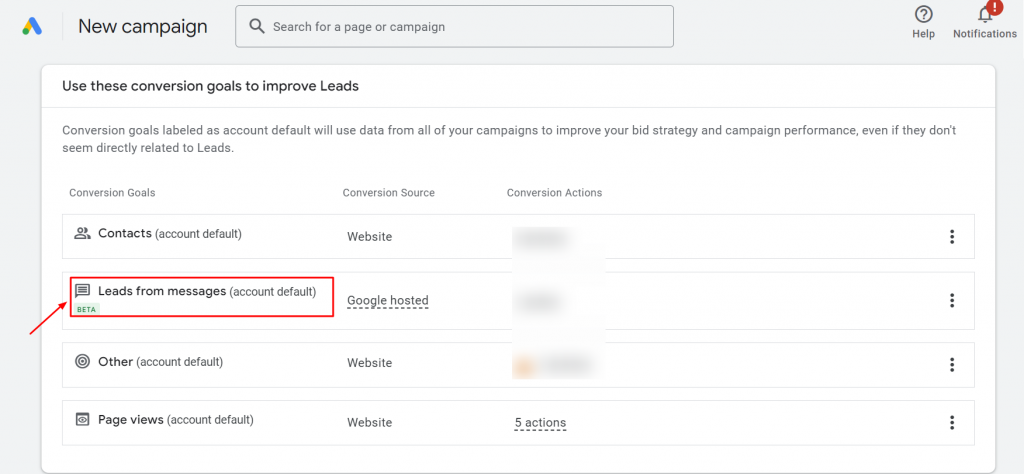
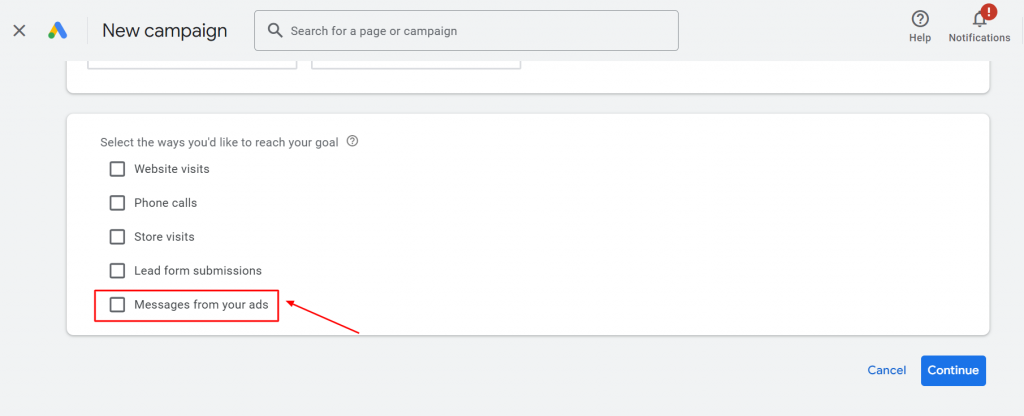



Stop the wasted ad spend. Get more conversions from the same ad budget.
Our customers save over $16 Million per year on Google and Amazon Ads.